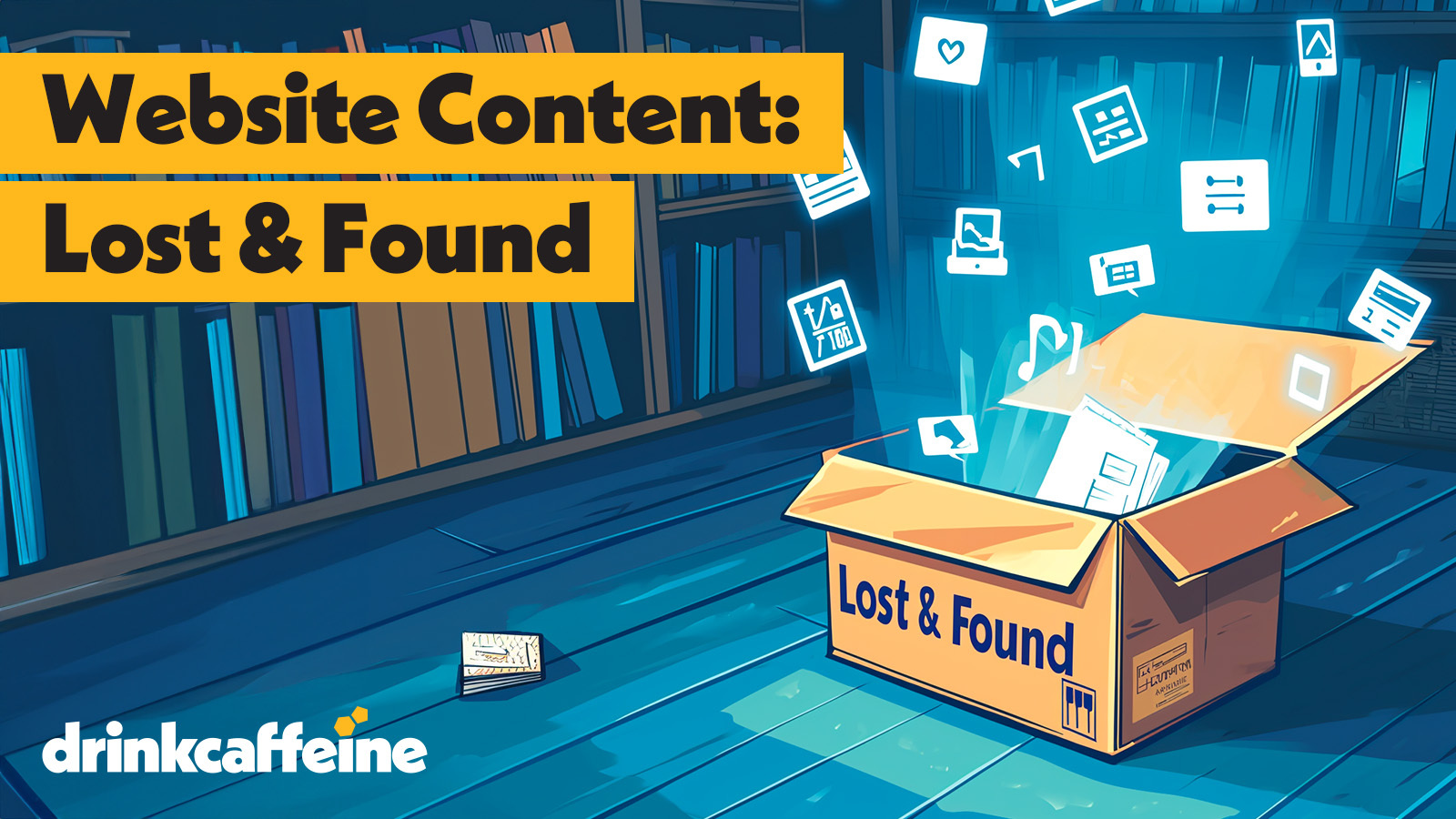
Say hello to the 800 lb primate
Leaders at DMOs have a TripAdvisor problem. Namely, What To Do About TripAdvisor.
Strong annual growth and $1.25+ billion in revenue commands our attention, as does TripAdvisor’s 455 million average monthly unique visitors and its $620+ million annual ad spend.
But perhaps the most telling stat about the future potential of TripAdvisor is its revenue growth in non-hotel related properties, which is nearing 25% of the total take. This indicates the business – which still draws the majority of its revenue from hotels – will continue to diversify its offerings and attract a wider audience.
Despite its sometimes-shaky stock performance TripAdvisor remains a highly competitive OTA (online travel agency), alongside the Expedia and Priceline brands.
It’s also worth remembering that less than 50% of global travel bookings happen online, but that number is increasing all the time, and so is TripAdvisor’s role in marketing strategy for DMOs. So let’s look at TripAdvisor need-to-knows for marketing pros.
What to do about bad reviews
They can come from anyplace: Disgruntled employees, angry ex’s, competitors, ankle-biters, trolls of all types – and legitimate customers with legitimate concerns. In any case, whenever you read, “A review has been submitted to your profile,” the tendency is to hold your breath.
To its defense, TripAdvisor removes bad reviews if the review violates guidelines for language, relevance, timeliness, bias, and rumormongering. DMO pros who feel they have a case against the legitimacy of a negative review need to report it to TripAdvisor. Users can also flag a review to ask TripAdvisor to check it for authenticity and correctness.
But TripAdvisor processes more than 10,000 new reviews daily. They are not staffed to check every request, so you can’t rely on them for justice. Here’s what you can do.
1. Don’t block bad reviews. It fans the flames. It doesn’t work. Users will cry “Censorship!” You can damage the brand. Ultimately, you’ll win out by dealing with negativity rather than suppressing it.
2. Write a response – right away. Trip advisor reports that 85% of users think a strong management response to a bad review improves their opinion of a property, and the Harvard Business Review agrees. So monitor steadily and respond readily.
3. Define your response policy. Some brands smother bad reviews with kindness. Some practice “gentle correction” to inform the consumer’s perspective. Others will even pay off potential reviewers who threaten to post negative opinion (not recommended). The best practices for responding involve these elements:
Thanking the reviewer for their time, making sure you use their name
Restating the problem to indicate the reviewer was clearly understood
Explaining causes and identifying solutions
Offering a private one-on-one conversation
4. Get more positive reviews to drown out the negative ones. You can marginalize a bad review with a slew of positive ones.
Know the algorithm
Rankings vs ratings. Remember: Ratings are not rankings. Ratings are individual “bubble” reviews. Rankings are based on multiple criteria. The goal is to improve your overall ranking by addressing a number of factors, which includes the aggregated individual scores of ratings, but also includes….
Quantity. Destinations with lots of reviews will earn better rankings than those who have fewer reviews.
Frequency. Any destination that exhibits reviews and feedback regularly will earn a higher profile.
Recency. Current reviews have more weight than older ones.
5 ways to ask for reviews
1. Add the widget. TripAdvisor offers a free widget that can be embedded on your website. Clicking on it takes visitors to TripAdvisor, or allows them to draft a review from within your site. Also, look at the free Review Express function, which expedites review collection.
2. Email follow up. Use follow up emails after a guest has visited to trigger online feedback.
3. Use incentives. There’s nothing wrong with offering discounts on return visits in exchange for a TripAdvisor review.
4. Ask in person. This takes line-level training for service professionals who answer phones and staff desks, but customers respond more often to a person-to-person request than any other form of ask.
5. Incorporate with social content. Make your request for reviews a standard call to action, where appropriate, for social content.
Partner til you drop
Clearly, success on TripAdvisor is a numbers game that relies on widespread exposure. So consider alliances with organizations such as local tourism boards, local media partners, affinity organizations (such as Hotels & Attractions) and even Chambers of Commerce.
5 metrics that matter
TripAdvisor may be thought of as an OTA site, but to us, it’s an extension of social marketing. That means it requires its own set of objectives that ladder up to larger marketing goals, but which are evaluated by social media standards. Here are some worthy ones:
Be among the Top 5 properties for your category (by region)
Increase the total number of 5-star reviews
Reduce the number of 3 star reviews
Reduce the amount of time that elapses between a review and a response
Increase the total number of reviews by 20% annually
Make it someone’s job
Those readers who have run social marketing programs know these cold truths:
1. Social media takes time.
2. UGC is a gold standard that has to be earned.
3. Negativity comes with the turf; it’s part of the CDB
For all these reasons and others, it’s best to hire someone who will make social marketing their focus. Interns are great but they come and go. TripAdvisor never sleeps, and neither should your efforts to engage it, monitor it, and use it.
It’s complicated. So join us for a beverage and a full download of TripAdvisor solutions.

